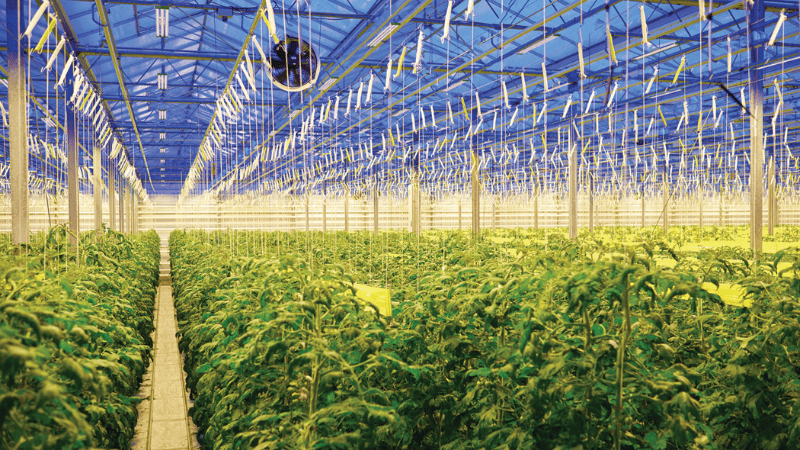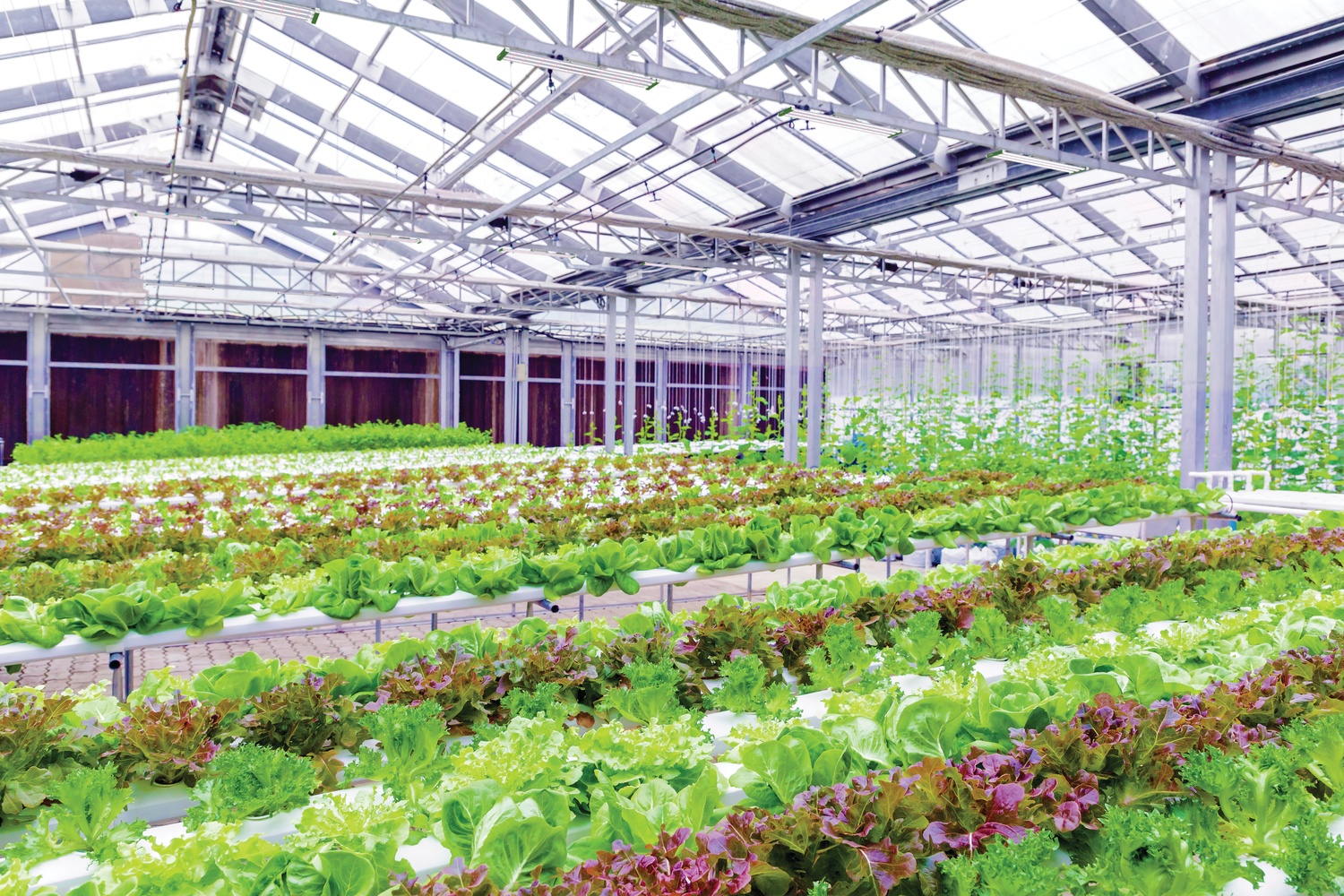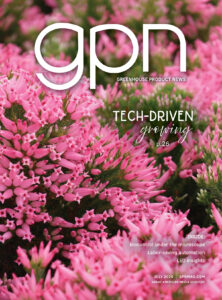
Electrification impacts on indoor farming and controlled environments
The primary strategy of local, state and national governments to address climate change is rapid electrification of building heating and cooling, hot water and the transportation sectors. Simultaneously, the electrical generation mix will gradually transition from fossil fuels — carbon-emitting sources — to renewable sources such as wind and solar and additional nuclear power plants.
Governments pursue electrification because it is the simplest strategy to address climate change and greenhouse gas emissions; however, it will be a bumpy ride that will impact every individual and business. The indoor farming industry will be no exception. Here are some of the ways that rapid electrification will impact the indoor farming industry:
TIGHTENING BUILDING CODES
Building energy codes are getting stricter and promoting electrification. For example, California’s Title 24 energy code now sets lighting efficiency that makes HPS illegal to install, as well as lighting control requirements for new “controlled environment horticulture (CEH).” New York State just passed a ban on natural gas hookups in some new commercial buildings. In addition, ASHRAE 90.1 has recently expanded its scope to include site equipment not attached to buildings, such as renewable power and battery energy storage. It also tightened energy efficiency requirements.
ELECTRIFICATION OF FARM VEHICLES AND EQUIPMENT
Just as a transition is underway to electric cars, buses and trucks, it is occurring for farm equipment including electric tractors, forklifts and other vehicles. Although electric vehicles (EV) and equipment have some advantages, this could double a farm’s electricity use over time and require significant upgrades to electrical infrastructure to support the increased demand. This infrastructure can include new transformers leading to the facility, additional breaker boxes and, of course, EV chargers.
ELECTRIC HEATING OF INDOOR FARMING FACILITIES
One of the primary challenges of electrification is converting all types of buildings from burning natural gas or heating oil to electric heat pumps. The most efficient heat pumps are geothermal; however, these systems typically require significant initial cost to install a ground loop, which is underground piping that exchanges heat between the heating system and the Earth. Just as with electrifying farm vehicles, converting to electric heat pumps can also lead to increased electrical infrastructure costs.
RISING ELECTRICITY RATES
There are significant cost increases occurring for equipment required by electric utilities. The national average electricity price increased nearly 11% from 2021 to 2022, and Maine experienced the largest state average price increase of 26% in the same period. Electricity rates in 2023 may increase even faster due to large increases in natural gas generation costs.
DEEP ENERGY EFFICIENCY RETROFITS
Rapidly rising electricity rates and the opportunity to minimize added electrical infrastructure will motivate deep energy efficiency retrofits, especially for heating, hot water and horticultural lighting. Additional drivers of deep energy efficiency retrofits include potential fines in municipalities with new energy benchmarking laws, tightening energy codes and increased focus on climate resiliency.
MATERIAL SHORTAGES
Electrification is driving the rapid rise in renewable power and EVs. Both of these dramatically increase the demand for metals such as copper, aluminum, cobalt, lithium and rare earth metals (for magnets). Costs of these metals are rising and are projected to continue to rise sharply. Some of these metals don’t have enough forecasted supply to keep up with projected demand.

MICROGRIDS AND DC LIGHTING
One of the ways to protect against rising utility rates for electricity is to generate more electricity on-site, often in combination with battery energy storage. Combining on-site generation and battery energy storage forms what’s called a microgrid. Typically these microgrids produce and store direct current power (DC), and it becomes more efficient to connect DC loads to a DC microgrid, such as DC horticultural lighting as well as conventional lighting.
ADVANCED LIGHTING CONTROL ADOPTION
After converting fluorescent and HID lighting to LED lighting, another opportunity to reduce electricity demand is through the use of advanced lighting controls. This is especially true when significant horticultural lighting is used. Daylight harvesting and other lighting control strategies can be programmed to deliver a specific daily light integral (DLI), which is the amount of light a particular plant needs over a 24-hour period. These control systems are gaining wider adoption.
Indoor farmers can start making these investments to hedge against rising costs. LED grow lights, advanced controls and microgrids are all becoming more common in indoor grow facilities. Utilizing available utility rebates and various financing programs also become important considerations. Indoor growers should seek horticultural distributors that have expertise in all of these areas. Consider creating an electrification plan for your facilities now before steep increases in utility rates and shortages of materials and equipment impact your indoor growing operations.
For an enhanced reading experience, view this article in our digital edition by clicking here.









 Video Library
Video Library 


















